Community Service Project
Community service is at the core of the RYEP Program.
What can you do?
All RYEP finalists must commit to implementing an environmentally focused community service project upon return to their home communities in Russia. The specifics of the projects are up to you!
Examples of impactful projects include:
Organizing a team of volunteers to collect and properly dispose of litter from a beach, park, or river.
Setting up a compost site.
Making presentations in your neighborhood on sustainable practices.
Maintaining or restoring a trail in your community.
What makes a strong community service project?
An important characteristic of a strong community service project is that it is feasible and does not rely on financial support. Keeping projects local and relatively small-scale is also recommended, as over-committing or taking on too much may result in less overall impact.
Additionally, a strong community service project is one that engages community members and volunteers. Participants may have a small group of friends and family that wish to help, and that’s great! In many cases, implementing the community service project will be a fantastic way to make new friends and connections who share an enthusiasm for environmental sustainability.
Community service projects should also make an impact that is measurable. For example, if a participant conducted a beach cleanup, they should be able to report to the RYEP team about details such as:
How many kilograms of trash were collected? How was it disposed of?
How many volunteers helped?
Who were they?
Would they help again?
What are their thoughts on the project?
Community service projects should be a reflection of the knowledge and skills gained in the United States. Participants of the program are in a unique position to gain in-depth cultural and environmental knowledge during the program, and sharing it through service upon return to their local communities is a great way to pass the knowledge along to others.
